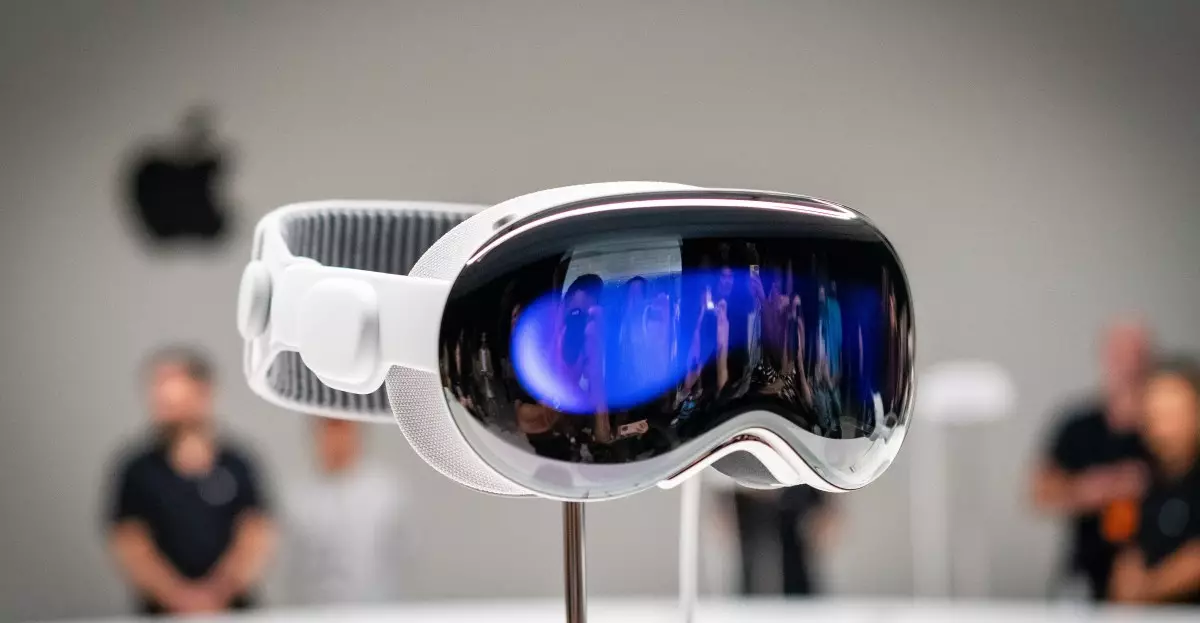In the fiercely competitive realm of technology, innovation is the currency that defines giants like Apple and emerging contenders such as Snap. Protecting intellectual property is not merely a legal obligation but a strategic imperative. When employees, entrusted with sensitive data, breach this trust by illicitly transferring proprietary information, it jeopardizes the delicate balance of innovation leadership and market dominance. The case of Apple’s lawsuit against a former employee exemplifies how safeguarding trade secrets is central to maintaining a company’s technological edge, especially in nascent and rapidly evolving sectors like augmented reality.
This incident underscores the vital importance of internal controls, employee vetting, and rigorous security protocols. When an individual with access to confidential R&D materials departs on seemingly trivial grounds—such as claiming health issues—yet secretly joins a competitor, the breach becomes a stark warning of organizational vulnerability. It reveals that even with existing security measures, the insidious nature of insider threats remains a persistent challenge, demanding continuous vigilance and adaptive strategies.
Legal Battles Reflect a Broader Industry Pattern
The lawsuit Apple filed serves as a microcosm of a broader pattern where leading tech firms mobilize legal avenues to deter intellectual property theft. Apple’s pursuit of damages for a breach involving visionary products like the Vision Pro headset signals a commitment to defending its innovation pipeline against clandestine information leaks. The allegations stress not only the theft but also deliberate efforts to conceal actions—renaming files, deleting evidence, and contriving false narratives—to evade detection.
Such aggressive legal confrontations also illuminate the complex interplay between employment rights and corporate confidentiality. While employees are often contractually bound to protect confidential material, enforcement becomes arduous when highly sensitive information is downloaded surreptitiously in the wake of a resignation and prior to access being revoked. The case pinpoints deficiencies in existing security frameworks that fail to neutralize insider threats effectively, especially when employees have the audacity to exploit their privileged access for personal gain.
Strategic Implications for Industry Leaders
From a strategic perspective, this case compels industry leaders to rethink their approach to intellectual property management. Relying solely on legal deterrents and monitoring tools may be insufficient when facing adversaries willing to breach trust at great personal risk. Proactive measures—such as real-time activity tracking, tighter access controls, and employee engagement programs—are critical in preventing these breaches before they occur.
Furthermore, fostering an organizational culture where confidentiality is deeply embedded into everyday operations can serve as an additional safeguard. When employees understand the significance of their contributions and feel ethically aligned with corporate values, the likelihood of misconduct diminishes. Conversely, the temptation to steal trade secrets, especially when poised to join competitors and capitalize on exclusive research, highlights the importance of creating loyalty-building environments and clear consequences for breaches.
The Ethical and Economic Ramifications
This legal skirmish also raises profound ethical questions about the responsibilities of professionals within the innovation ecosystem. The temptation to steal proprietary information not only risks legal repercussions but also damages personal reputations and industry trust. For companies, these breaches erode the investment made into research and development, threaten future market leadership, and siphon off valuable competitive advantages.
Economically, the repercussions extend beyond the involved parties, potentially destabilizing partnerships, influencing investor confidence, and affecting consumer perception. When high-profile cases emerge, they serve as cautionary tales, emphasizing that intellectual property theft carries costs that far exceed immediate financial damages. The long-term effects include diminished innovation morale, increased security expenditures, and the need for more comprehensive legal protections.
Ultimately, Innovation Security Is a Shared Responsibility
In an era where information is as valuable as the products it helps create, safeguarding proprietary research must become a collective priority. It’s not solely a legal matter but requires a cultural shift towards transparency, accountability, and ethical integrity. Companies like Apple set a precedent by actively litigating against breaches, but true resilience lies in intertwining legal safeguards with technological and cultural defenses.
The case also serves as a wakeup call for individuals in the tech industry. The temptations to monetize confidential information or gain career advantage through illicit means are perilous and ultimately self-destructive. Moving forward, fostering trustworthiness and ethical responsibility will be paramount in preserving innovation’s integrity and ensuring a healthy competitive landscape that benefits consumers and the industry alike.

